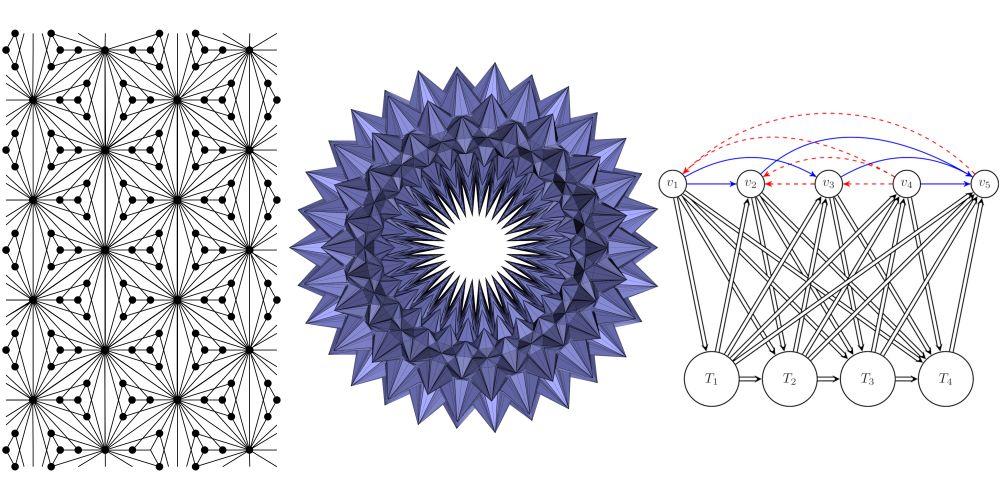Soutenance de thèse de Florian HÖRSCH (OC) le 27 septembre 2021 à 14h00 en amphi C - Site Viallet - Grenoble INP
Intitulée : " problèmes de connexité en théorie de graphes: structures, algorithmes et complexité
connectivity problems in graph theory : structures, algorithms and complexity



